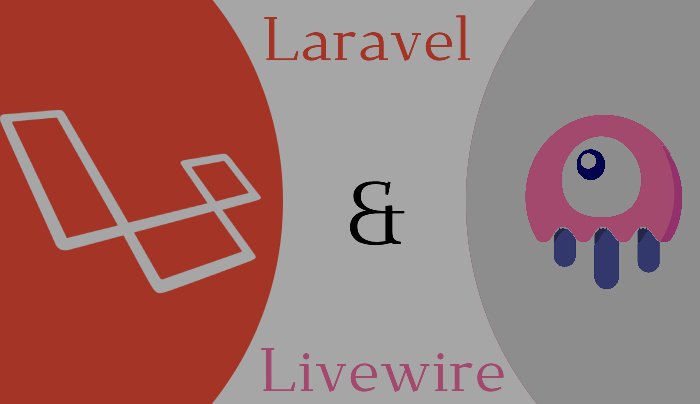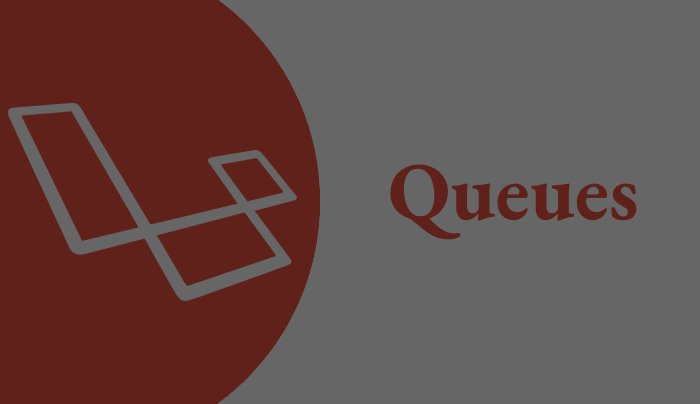Dependency Injection
Definition:
Dependency Injection (DI) is a crucial concept in software development, especially in the realm of object-oriented programming. In this article, we will delve into the intricacies of Dependency Injection, emphasizing the technical aspects of this technique.
What is Dependency Injection?
Dependency Injection is a design pattern that promotes the separation of concerns and enhances the maintainability and scalability of software systems. At its core, DI is a technique used to achieve Inversion of Control (IoC). IoC means that the control over the flow of a program’s execution is inverted, with the framework or container managing the dependencies and their lifecycles.
Dependency Injection Components:
1- Dependency:
A dependency, in this context, refers to an object or service that another object relies upon to perform its function. Dependencies can take the form of classes, interfaces, or even primitive data types.
2- Client:
The client is the class or component that requires a dependency to fulfill its responsibilities. It is the class that will receive the injected dependency.
3- Injector:
The injector is responsible for providing the necessary dependencies to the client. It acts as an intermediary, resolving and injecting the dependencies into the client class.
Types of Dependency Injection:
1- Constructor Injection:
Dependencies are injected through a class’s constructor. This ensures that the required dependencies are available when the object is created. Constructor injection is the most common and recommended form of DI due to its clarity and immutability.
2- Setter Injection:
Setter injection involves providing setter methods in the client class to set its dependencies. While it offers flexibility, it can also lead to partially initialized objects if not handled correctly.
3- Method Injection:
With method injection, dependencies are passed as arguments to specific methods where they are needed. This approach is less common but can be useful in certain scenarios where dependencies are only required for specific operations.
Dependency Injection Advantages:
- Modularity as DI promotes modularity by decoupling components, making it easier to replace or update individual parts of the system.
- Testability as It facilitates unit testing by allowing dependencies to be mocked or substituted during testing.
- Readability and Maintainability as the code becomes more readable as dependencies are explicitly defined and separated from the client’s logic.
Conclusion:
Dependency Injection is a powerful technique that enhances the flexibility, maintainability, and testability of software systems. By understanding its principles and choosing the appropriate injection method, developers can build more modular and scalable applications. Incorporating DI into your coding practices is a significant step toward writing cleaner and more maintainable code.
Recent Posts
.jpg)

.jpg)
.jpg)
.jpg)
.jpg)
.jpg)

 (1).jpg)
.jpg)